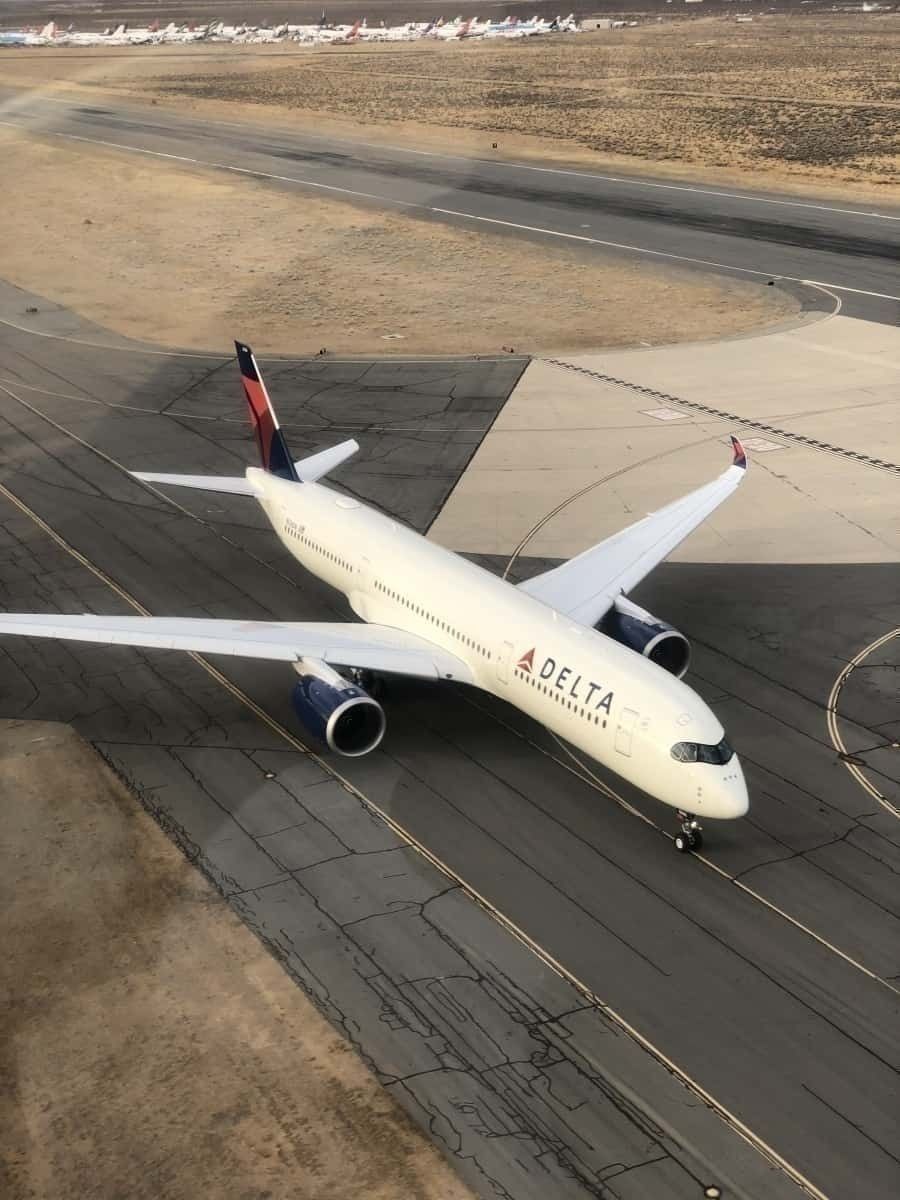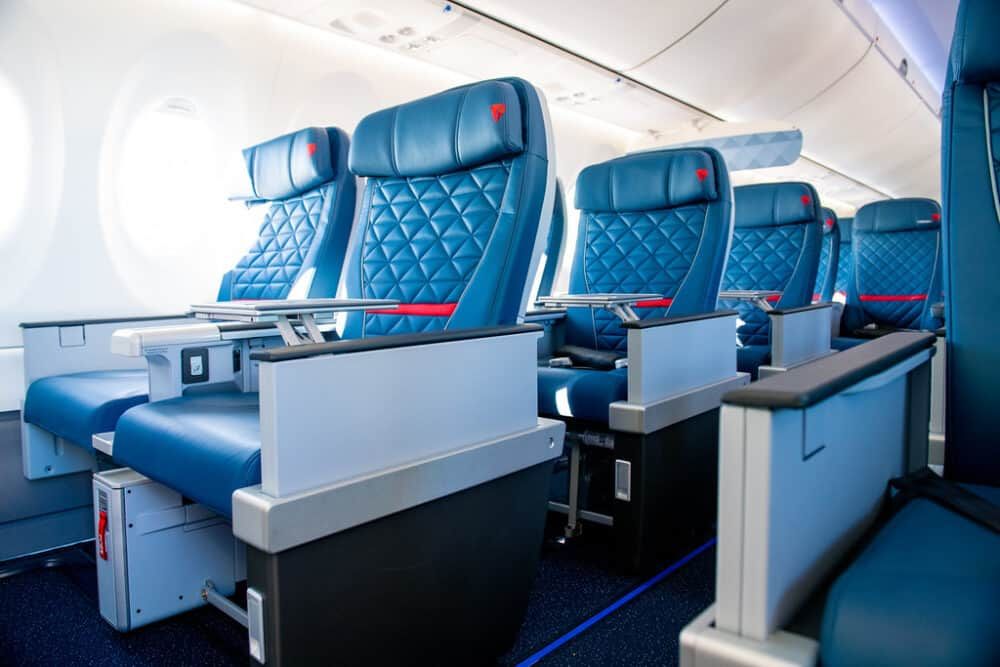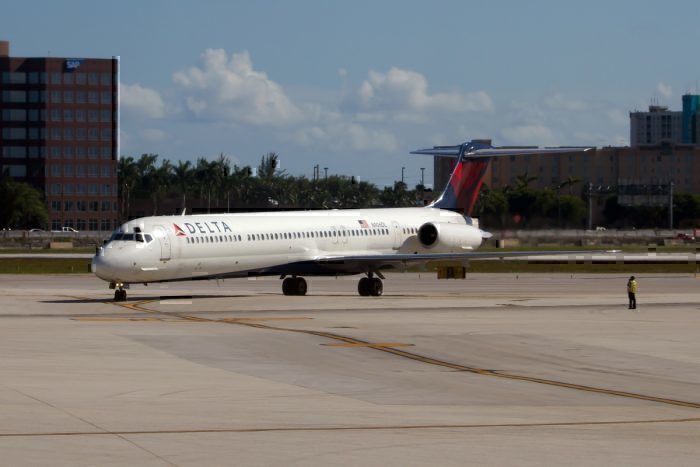Although demand has increased as travel restrictions ease and passenger confidence grows, Delta Air Lines is still experiencing low load factors. On a shareholder call today, the airline confirmed that, so far, the load factor for June is just over 40%. Delta did explain that it has a cap at 60% load factor to ensure social distancing measures on board.
Load factor and capped capacity
Delta is hoping to operate 1,000 more flights a day for July than it has in June, as it looks to resume a more normal service. By the end of August, it hopes to be operating at around 55-60% of its previously scheduled capacity. However, this does not mean passenger numbers will be at the same level.
Currently, the airline's load factor is under 50%, and this looks unlikely to change due to social distancing measures. The airline has also capped capacity at 60% to ensure staff and passengers are safe while flying. This drops to a 50% capacity for first class cabins.
Stay informed: Sign up for our daily aviation news digest.
Domestic vs. international recovery
With demand so unpredictable, Delta has said it will look to reassess its domestic network after the Labor Day weekend. Generally, Labor Day weekend at the start of September sees a massive surge in travel demand. But with travel restrictions still in place, we may not see the usual increase of previous years. Delta has said it won't be reducing social distancing measures until at least September 30th.
Delta is working on the idea that recovery of its international schedule will be approximately 12 months behind its domestic schedule. If that's the case, we should see a ramp-up of international routes in 2021. Demand and restrictions on international flights are expected to stay in place for most of the rest of this year.
The short-term future for Delta
Reuters reported this morning that Delta is expecting to burn around $30 million in cash per day for the month of June. The airline has also refunded $2 billion to customers for canceled flights since the start of this year. The airline has also reaffirmed its commitments to hubs in Boston, New York's JFK and LaGuardia, and Seattle. There's a lot of money going out and not much coming in. Delta doesn't expect to break even until Spring next year.
Over the coming months, Delta is hoping to operate at 50% of its 2019 numbers. That means that, in December of 2020, it should aim to fly around 72,600 flights. That's double its current flights for June. But with so much unknown, it's hard to plan for future investments and schedules.
No doubt due to the slower recovery of international routes, Delta has already announced it may permanently terminate some routes to European cities. Last summer, Delta served 27 European city destinations, although this is unlikely to be the same in the future.
Not only will Delta have a smaller network, but it will also have a smaller fleet. Delta has already retired its MD-88s, MD-90s, and will retire its 18 Boeing 777s by the end of this year. Retiring old aircraft and then modernizing and rebuilding the fleet when demand requires is a smart way for the airline to try to minimize some of those outgoing costs.




